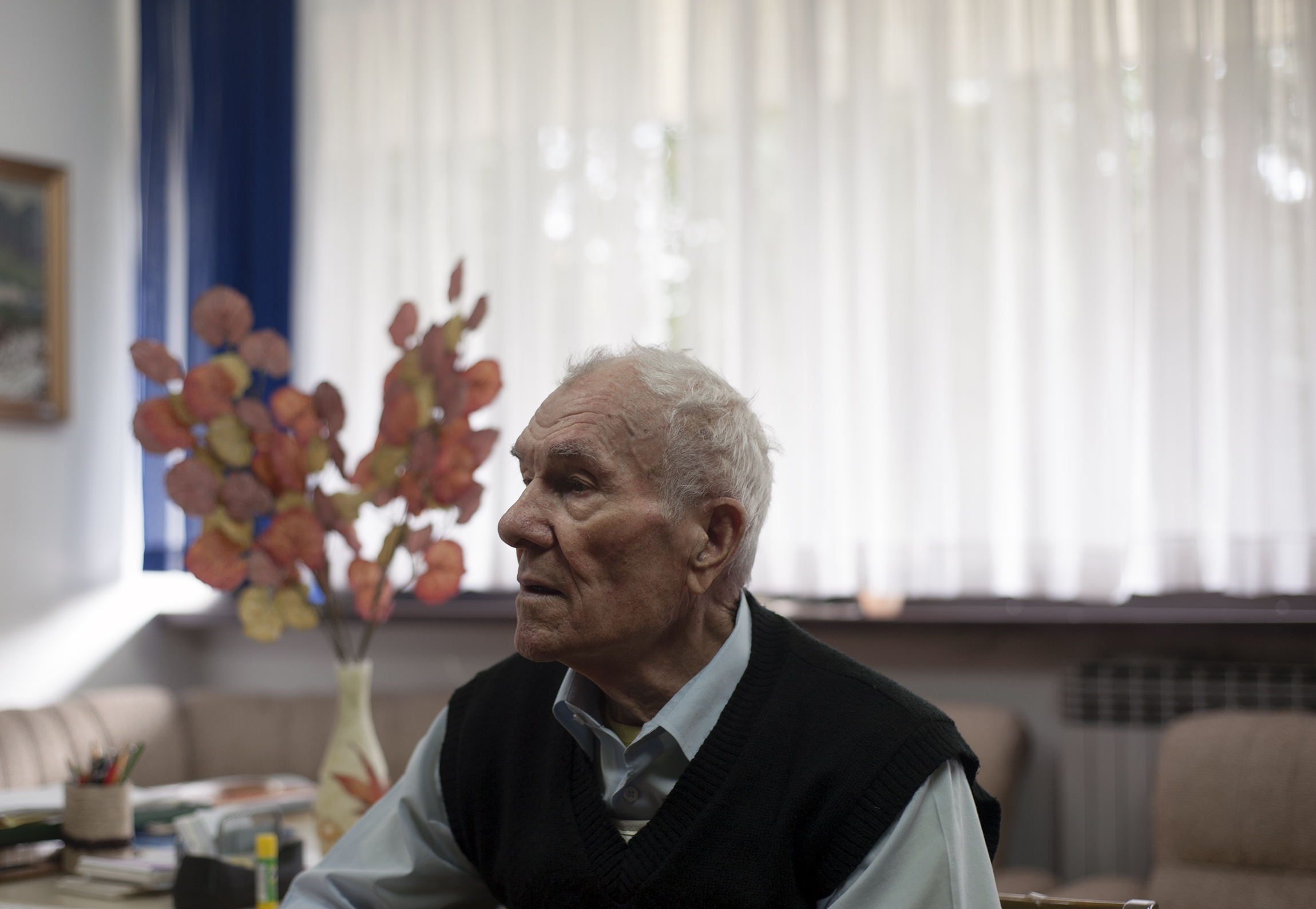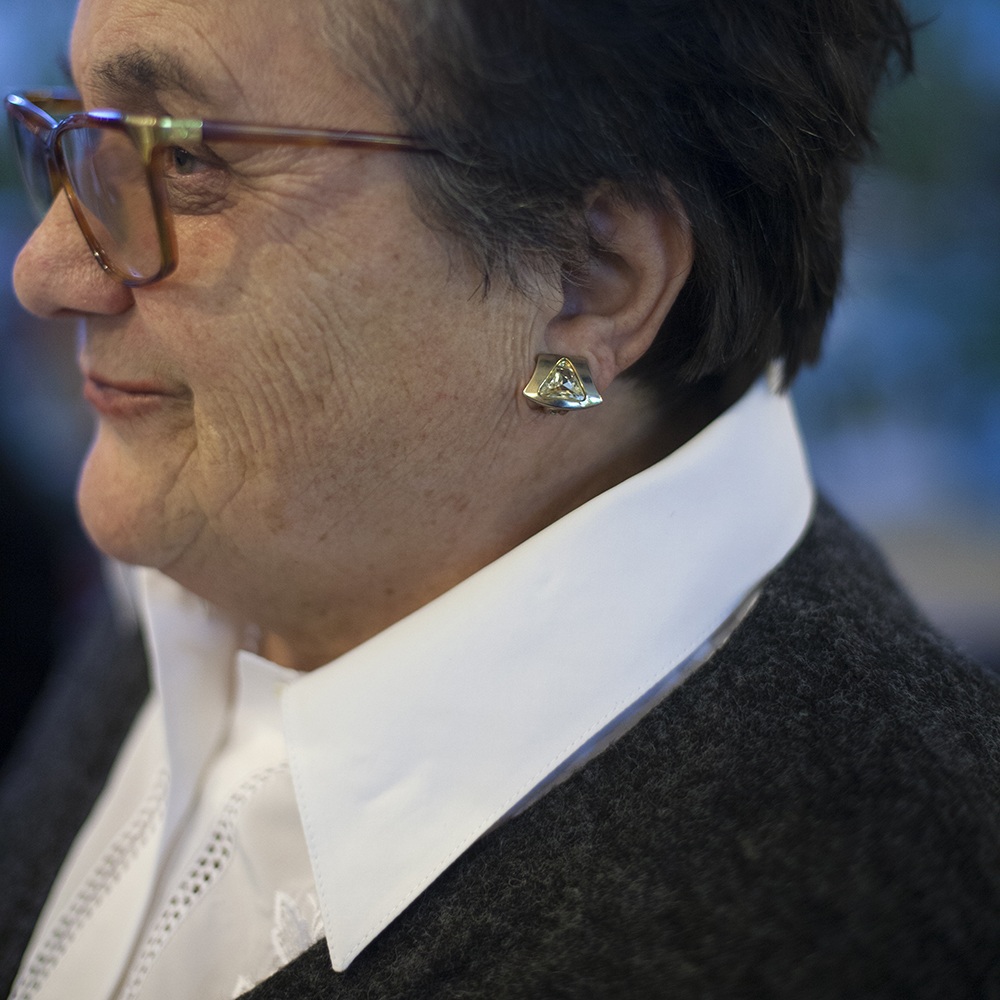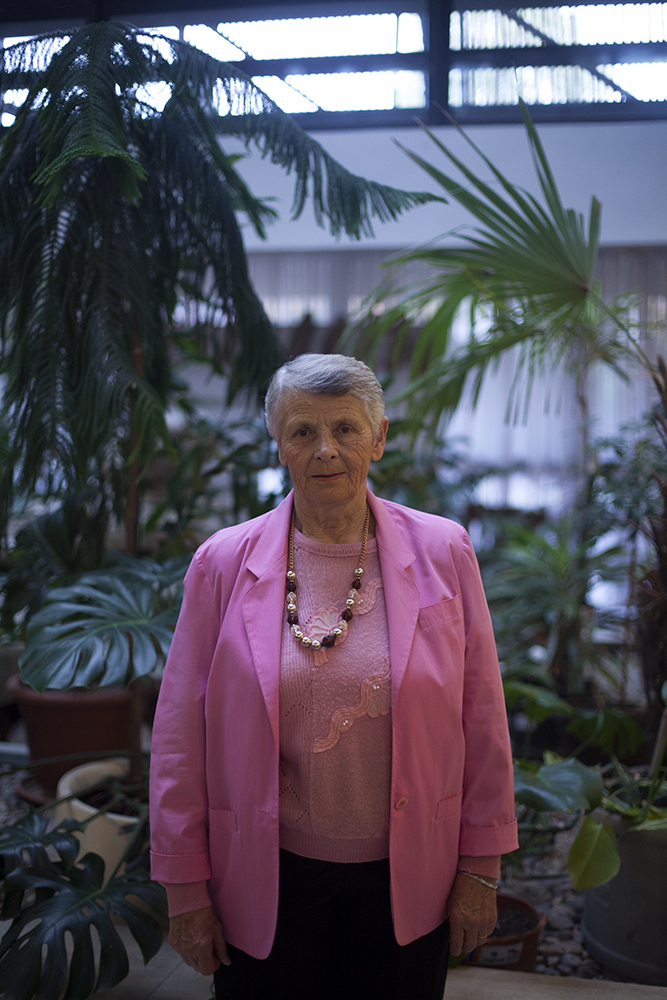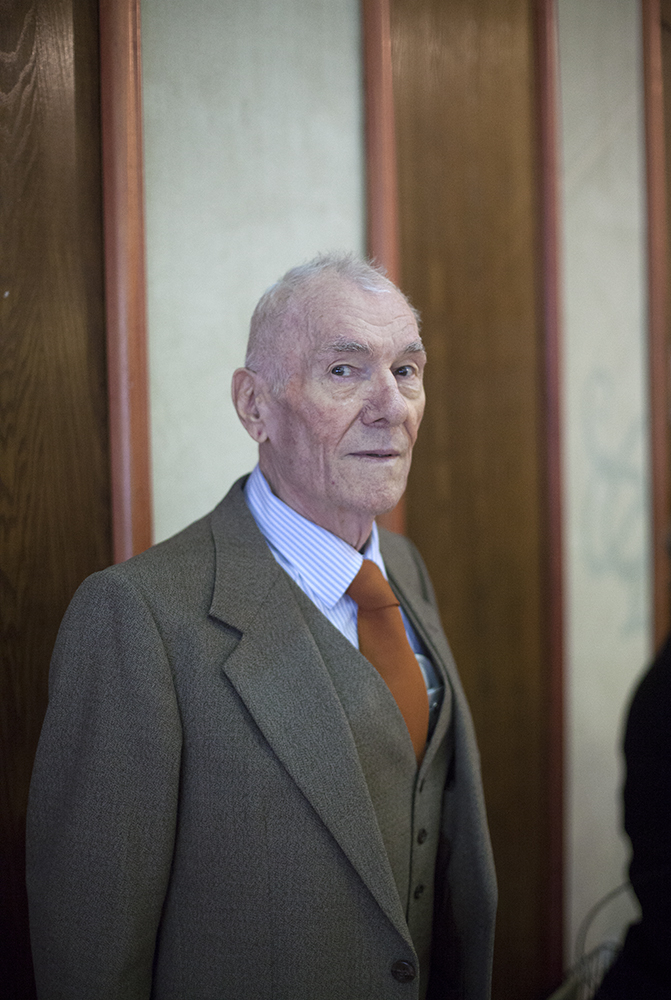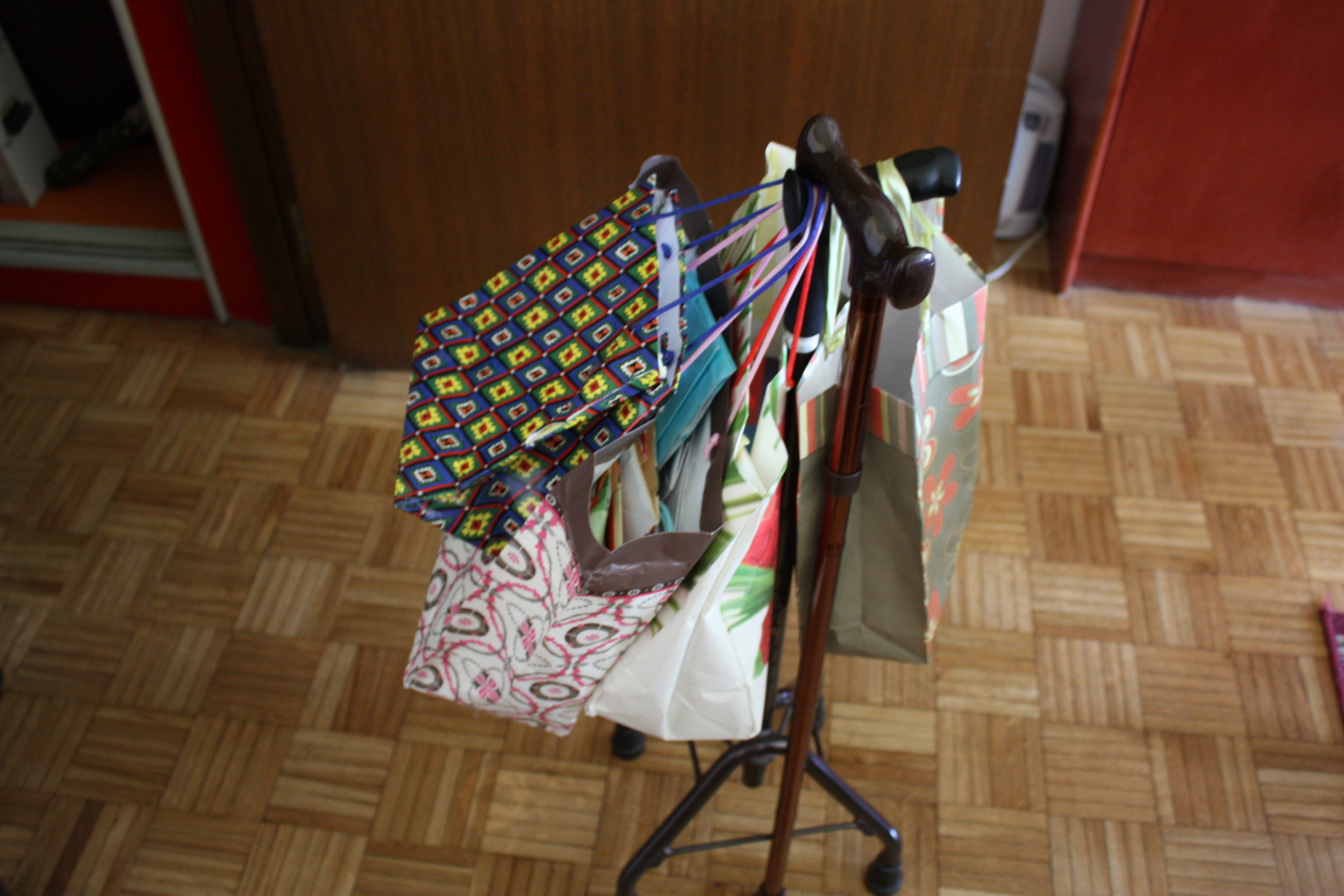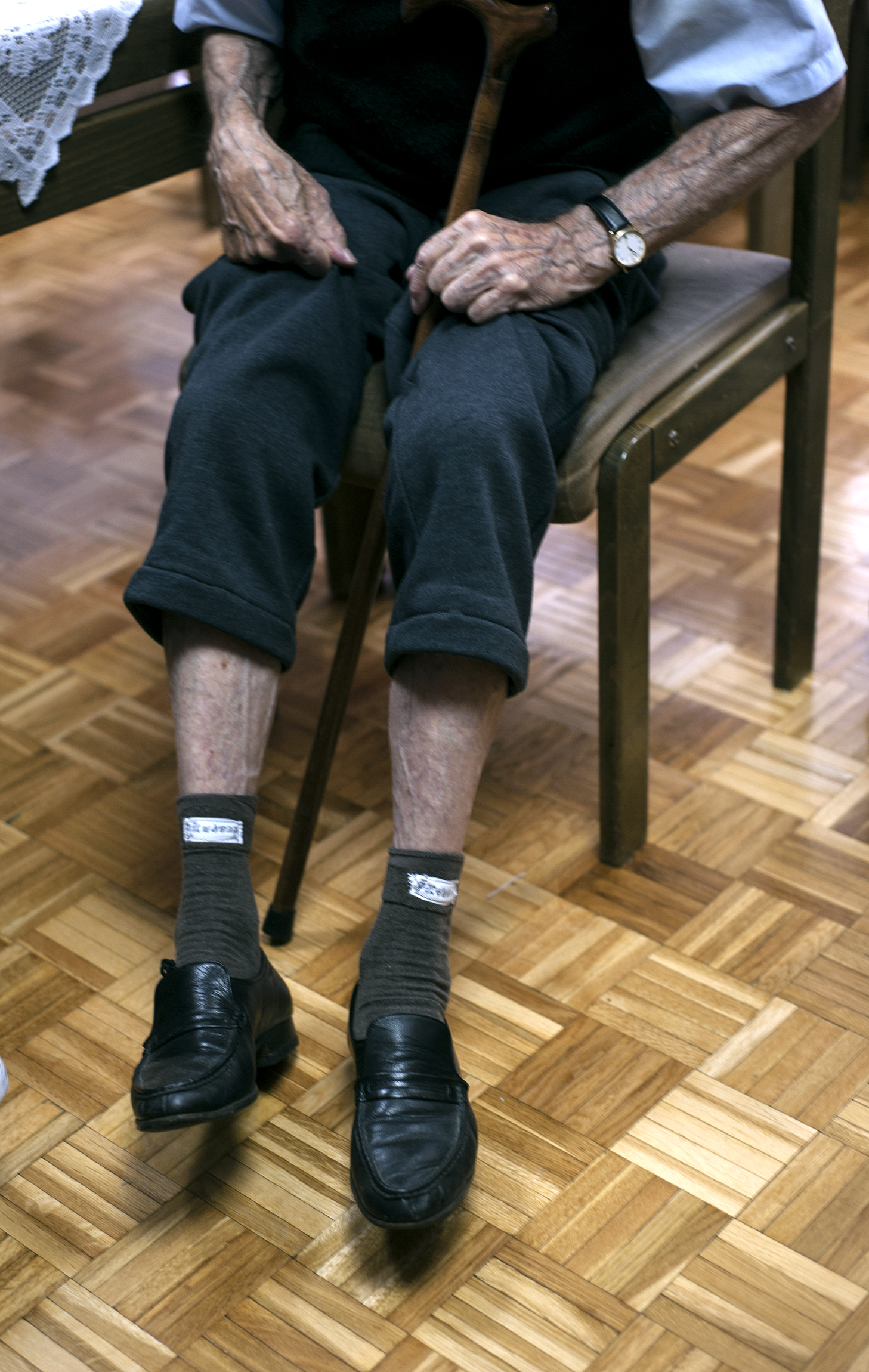The Nursing Home as a Fashion Archive
In his book “Everyone Dies Young: Time Without Age,” Marc Augé compares time, as old age experiences it, with a kind of palimpsest: “Everything inscribed there does not reappear, and sometimes the earliest inscriptions surface most easily.”[1] From this he draws the conclusion that everyone dies young, with one’s earliest memories closest to the surface.[2] I found this observation theoretically interesting and relevant to the view of fashion and clothing as a cultural discourse and practice. The fashion market is strongly youth-directed and youth influences the modes of creation, production, diffusion, and consumption, and as a discursive domain, sets significant parameters in fashioning the body.[3] Cultural attitudes towards aging are markedly different and are often shrouded in negative connotations, which are gender-unequal. The female body in the western world is more notably subjected to the constrictions of beauty myths, as well as of being commodified.
The contemporary emergence of cultural gerontology has influenced research in fashion studies and generally incited interest in old age culture. Unlike dominant paradigms that analyze old age in sociological and economical contexts, cultural gerontology analyzes elderly people and their subjectivity to encompass unproblematic aspects of old age.[4] While scholars in fashion studies have analyzed elderly people’s relation to fashion, dress, embodiment, and identity, the fashion media, on the other hand, is a powerful institution that can popularize certain issues, giving them more public visibility. In the last decades, the interest in old age is evident in the increased content on this subject (movies, books, blogs), and has resulted in a fashion term “advanced style.” The emergence of Iris Apfel as a style icon marketed to more than just her own generation is an example of this increased acceptance of the elderly as possibly inspirational style figures. As a staple of New York’s Upper East Side, Apfel, however, possesses large amounts of social and economic capital to which the fashion industry attaches immense importance.
“Their relationships to fashion have often been neglected and therefore left unknown to history.”
On the other side of the coin, behind the fashion scenes, are the everyday dress practices of the elderly and their past and present experiences of dress and fashion. Their relationships to fashion have often been neglected and therefore left unknown to history, even though they share an equal experience in the dress history of all cultures.
Personal experiences regarding dress and fashion are included in the project “Fashion and Clothing Inventory: Individual Economy and Dress Culture of Elderly People” run by CIMO – Center for Research of Fashion and Clothing. The research project is a case study carried out in nursing homes, which are part of the social welfare system, located near the city center of Zagreb, the capital of Croatia. The project began in 2014 and is still in progress, and it researches the past and present dress culture of elderly people in the present social context.
This specific location shed a singular light on dress and fashion in old age. For elderly people, the decision to move to a new home and leave behind one’s old habits represents a significant life change. Regarding personal wardrobe, this requires a new inventory process and the urge to reshape the individual economy. Due to the limited room space provided (whether single or double) in the nursing home, one is forced to create a personal collection of things that are essential and that will be kept as mementos in this new home context. This process is subjected to possible inclusions or exclusions of former clothing habits and a transfer of memories.
The research method is based on oral history, open dialogue and clothing artifacts in relation to personal photographic albums as visual evidence of their past. It makes visible personal punctums regarding dress and fashion that would otherwise dissolve into oblivion. Narrators had in their albums snapshot photography, which as a document captures ”clothing in use” in everyday situations as actually worn.[5] Personal archives are used in order to augment and facilitate personal and cultural memory related to dress and fashion, but also for personal reflection and investigation of self in particular time and space. What characterizes these photos is a spontaneous view, which reveals more authentic “time-image” reflection of the past.[6]
The first contact with residents of the nursing home was made via a lecture that was organized as part of a socio-cultural program. This program is usually organized by the nursing home and is not mandatory for residents. However, the interest for the “Fashion talk” was great. The idea was to present the project and its methodology and, by using images, briefly relate fashion and dress to body and identity. After the lecture finished, the residents who wanted to participate in the project left their data. Although all residents have different personal histories and habits, they are situated in the same social context. For instance, a famous singer from socialist Yugoslavia to whom we spoke is not seen as any different from other residents.
“The concept of wellbeing is constructed with objective mementos, such as family and personal albums and wardrobe, which act as the media for evoking personal memory.”
Personal and family albums and garments are carriers of meanings, which is why they are useful for recalling memories that contribute to positive reflections on personal and somewhat private sources of wellbeing.[7] During the process of relocation into the new home, a personal collection of mementos comes into full light. It arises from the context of the nursing home and its ambivalent position as a place and a non-place. As a non-place they do not integrate the previous place and there is an evident lack of symbolic, historical and identity relations, unlike what residents had likely had with their former home.[8] On the other hand residents get an allotment of space (single or double rooms), where one can, although limitedly, objectify feelings of their former home. In such circumstances the concept of wellbeing is constructed with objective mementos, such as family and personal albums and wardrobe, which act as the media for evoking personal memory.
Revealing different personal stories with this project, we have assembled an archive of individual and collective memory related to fashion and dress practice of the socialist Yugoslav past (1945-1991) and present. Questions of archiving imply questions of power that are closely linked to a social power in a given geographical place and time. In this way, the history is extended to the elderly socio-cultural group, whose dress practices and memory often go undocumented. The case study research in the nursing home shows that notions of the archive can be extended beyond the traditional view.[9] The nursing home should be seen as a place and not as a non-place. It functions as reconstructive and representative space with stories of the past, thus equally contributing to the creation of memory structure and knowledge production. As an institutional, structured place that alternates residents, it has specific and affirmative value of the here and now realities that is of great importance for the research.
Photos by Tjaša Kalkan. Photo of the birthday bags provided by CIMO.
Notes
[1] Marc Augé, “Everyone Dies Young” in Everyone Dies Young: Time without Age (New York: Columbia University Press, 2016), 85.
[2] Ibid., 85.
[3] Joanne Entwistle, “The dressed body” in Joanne Entwistle and Elizabeth Wilson (eds.) Body Dressing (Oxford, New York: Berg, 2005), 39.
[4] Twigg, Julia and Wendy Martin “The Challenge of Cultural Gerontology,” The Gerontologist 00 (2014): 2. Accessed July 1, 2014. doi:10.1093/geront/gnu061.
[5] Elisabeth Wilson, “Fashion and Memory,” accessed August 17, 2016, http://vestoj.com/fashion-and-memory/
[6] The term “time-image” was taken from Christian Skrein and eds., “The Eye of the Century,” in Snapshots: The Eye of the Century (Berlin: Hatje Cantz, 2004), 17.
[7] Claire Lerpiniere, “The Fabric Snapshot - Phenomenology, Fashion, and Family Memory,” in: E. Rouse, (ed). IFFTI 2009: Fashion & Wellbeing? Proceedings of the 2009 International Foundation of Fashion Technology Institutes Conference, April 2-3, London, pp. 279-290.
[8] Marc Augé, “From Places to Non-Places” in Non-Places Introduction to an Anthropology of Supermodernity, (London, New York: Verso, 1995), 75-116.
[9] Mathias Danbolt, “We’re Here! We’re Queer?” Activist Archives and Archival Activism, accessed March 30, 2016, http://www.lambdanordica.se/wp-content/uploads/2011/11/2010-34-Danbolt-Archive.pdf

